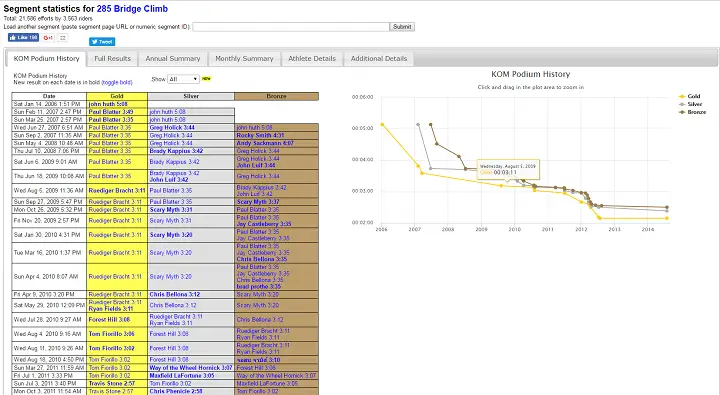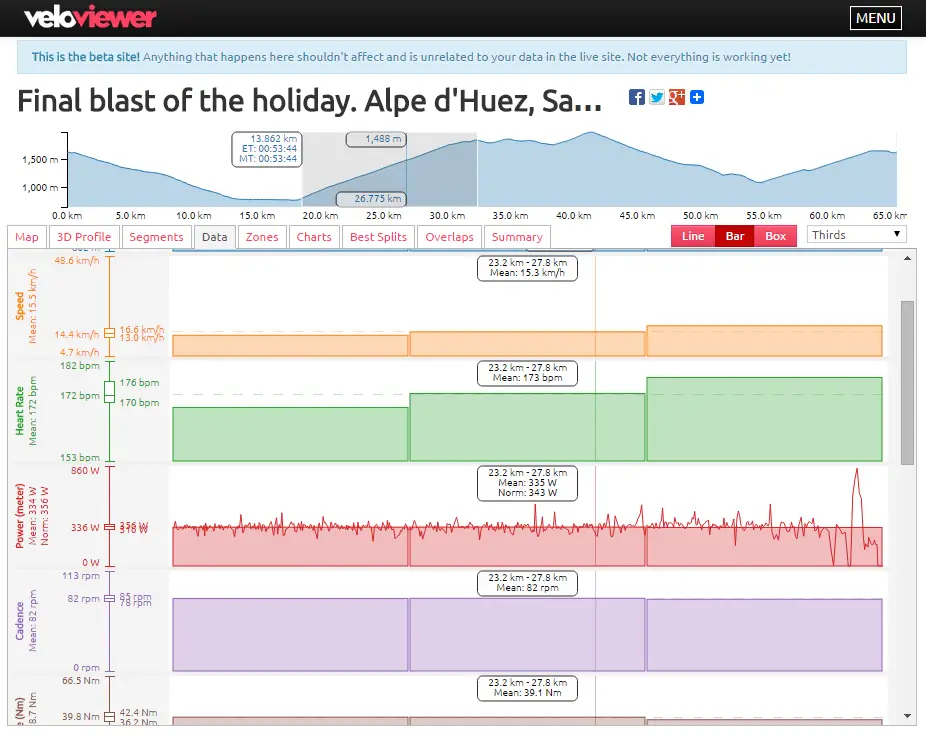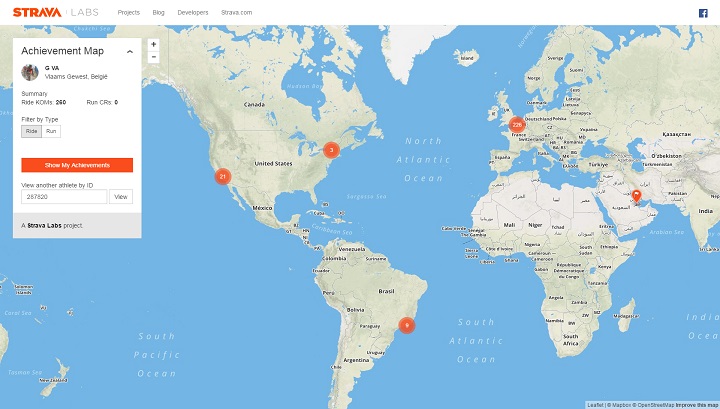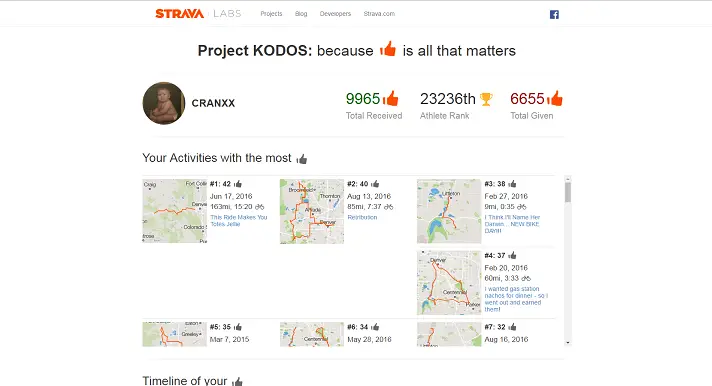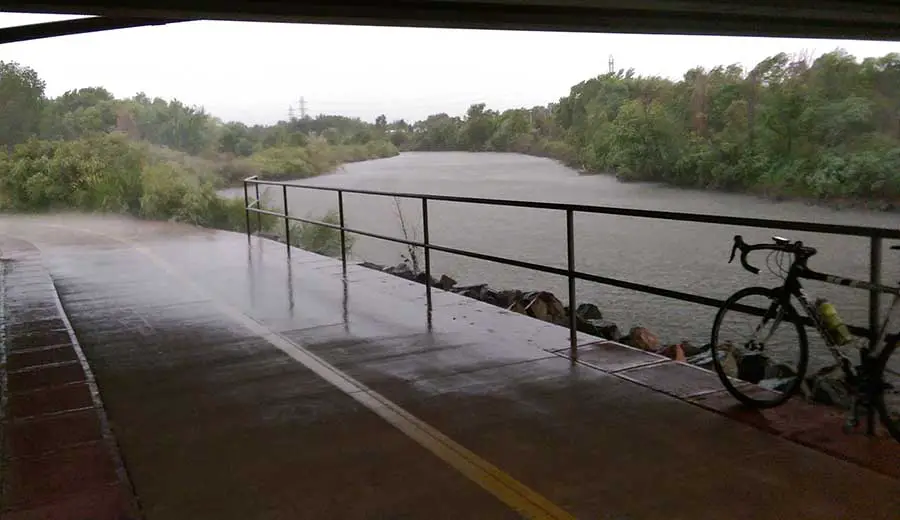
A seasoned cyclist will ride their bike in the rain all the time, and most people have done it at least once in their lives. But, does it damage your bike? Some research was done on if a bike can get rained on, and the answer can be found below.
So, can a bike get rained on? It is possible for a bike to get rained on. According to a top bike manufacturer, wet weather is a factor that will shorten the life of your bike. It is also hazardous to ride a bike in wet weather and precautions should be taken – especially on a road bike.
Now, what happens to your bike when it gets wet and what you should do after your bike gets rained on is a bit tricky. So, below are some tips and step by steps to do after your bike has been rained on, cycling safely in the rain, and how to protect your bike from the rain.
What happens if my bike gets wet?
When water sits on your bike it will begin to slowly rust. Grit and grime can also get on your bike if you ride it in the rain. When riding through a puddle contaminants that are on the road or footpath get sprayed on your bike. The particles of dirt and dust can build up given enough time, and begin to increase the wear and tear on your bike.
Also, prolonged exposure to wet weather such as storing your bike uncovered is not recommended.
According to Kona Bikes, one of the leading bike manufacturers, you should clean your bike after you ride it in wet weather conditions.
The cleaning should involve:
- Rinsing the bike off
- Letting it dry, or drying it off
- Lightly lubricate the chain’s rollers.
The steps should also be done if your bike gets dirty, or every 100 miles.
I have included the full step by step at the very end of the article, feel free to skip there.
Though your bike gets wet, most cyclists prefer to ride in the rain according to a study done by The Discerning Cyclist. This is because if you have the proper gear you don’t really feel the rain.
How do I ride safely in the rain?
Wet weather reduces traction, makes it hard to see, and increases the time it takes to brake. Not just for you but for other road users. Therefore, you want to follow these tips below to stay safe while riding in the rain:
- Ride more slowly. Because it’s harder to see, you want to give yourself more time to react.
- Apply your brakes earlier. It takes longer to brake in wet weather so give yourself more room to slow down.
- Use wider turning angles. The reduced traction between your tires and road means you should not turn as sharply and try not to tilt your bike from upright position when going around corners.
- Watch out for slick surfaces. Metallic manhole covers and the square ones are more slick when they are wet, so don’t turn your bike sharply when riding over these. Also, some road markings can be slick in wet conditions.
Is Rain Bad For Your Bike?
Rain is a factor which shortens the life of your bike according to the top bicycle manufacturers. Rain is bad for your bike as well as riding in wet conditions.
It does not cause significant damage to your bike provided you do maintenance on your bike afterwards. However, prolonged exposure to wet conditions by storing your bike outside uncovered is not recommended.
As the water and air interact with metal it causes rust to form. The rust begins to make the bike chain rigid, and makes the surface more rough causing more wear and tear. Additionally, it causes blemishes to form on the bicycles surface.
How Do I Protect My Bike From The Rain?
You should perform maintenance on your bike after it has been rained on to protect it and prolong its life. I have included the full step by step at the end of the article, feel free to skip to that.
There isn’t anything a person should do to protect their bike as outlined in their owner’s manual. If you no longer have your owners manual you can go to the manufacturers website and they typically have documents you can download which explain the maintenance you should perform. It is after 100 miles or after riding in wet conditions, or when your bike gets dirty.
To protect your bike from the rain you will want to ensure you have a cover if you are storing it outside.
How Do I Store My Bike Outside?
If you want a helpful article about how to store your bike outside then check out this great article we just wrote about storing your bike outside for both short term & long term storage.
Briefly the best ways to store a bike outside are:
- Using a cover. Make sure your cover can be attached to something on both ends, so that it doesn’t blow away in the wind. You don’t want to store it on the ground because it will get dirty.
- Storing it under a patio. Some patios have space where you can easily access underneath, and they remain fairly dry in wet weather.
- Storing it under an overhang. A part of the house that is protected from the wind and rain.
A good solution for storing your bike indoors is a bicycle hook which you would have probably seen in bike stores. This is where the bicycle is hung from a hook on the ceiling by the front tire. These are good at saving space, and should be used in the home.
What Do you Do With Your Bike After it Rains?
1. Clean your bike
- Wet the bike down with a hose or bucket of water.
- It normally takes a full spray down with general purpose cleaner like Simple Green and a small hand brush, used for cleaning around the house to get all the dirt off.
- If there are just patches of dirt spray the Simple Green directly on it
- Scrub lightly with a hand brush. Use a brush that isn’t too hard. Something close to a brush used to scrub dishes is ideal.
- Don’t use a steel brush or steel wool, it will leave scratches on the surface. Alos, avoid scrubbing too hard on the delicate parts.
- Rinse off the bike thoroughly with a hose or bucket of water
2. Let it dry or dry it off
- If the weather permits let your bike dry naturally.
- You can also use an old towel to wipe down the bike
- Oftentimes you will wipe off dirt with the towel that you missed when cleaning it.
3. Lightly lubricate the chain rollers
- Different lubricants are used for hot, dry, humid, cold, and wet climates.
- You should talk to your local bicycle shop about which one to use for your climate.
- Some of the newer lubricants clean the chain and apply the lubricant at the same time. If you’re interested in one of these checks out the Finish Line 1-Step.
Conclusion
Rain is not bad for your bike as long as you perform some maintenance on your bike afterward. The maintenance should include, cleaning your bike, drying it, and then applying some chain lube. When riding in wet weather, ride more carefully by slowing down, braking earlier, and turning wider, as well as looking out for slick surfaces such as manhole covers.
If you leave the bike dirty it will eventually cause wear and tear and for storing your bike you want to store your bicycle indoors if possible. If you store it outside you should use a cover, store it under a patio or overhang.

